Home>Furniture & Design>Interior Design Trends>How Was Glass Made In Ancient Times
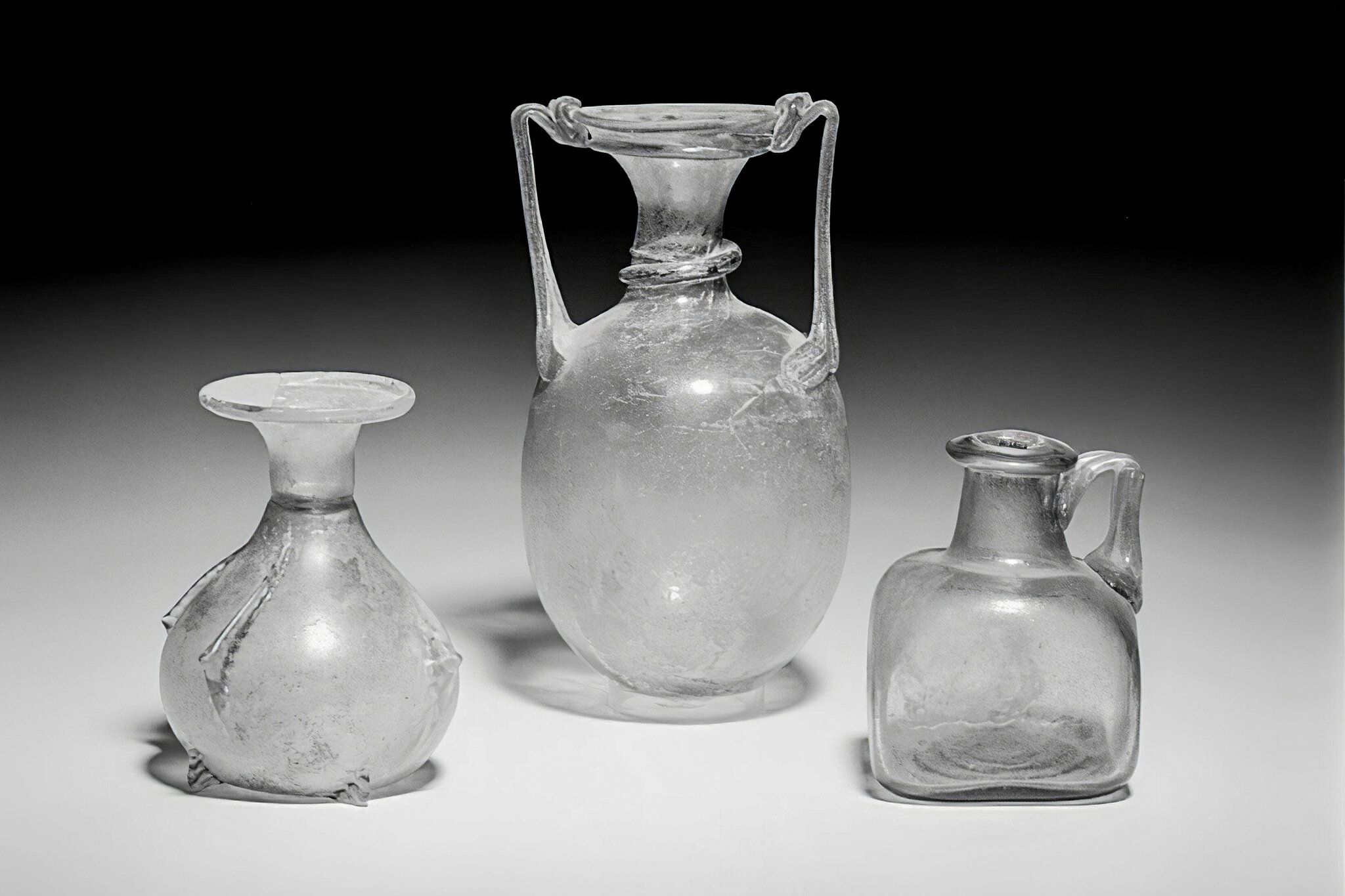

Interior Design Trends
How Was Glass Made In Ancient Times
Modified: February 18, 2024
Discover how glass was made in ancient times and its impact on interior design trends today. Explore the historical techniques and their influence on modern decor.
(Many of the links in this article redirect to a specific reviewed product. Your purchase of these products through affiliate links helps to generate commission for Storables.com, at no extra cost. Learn more)
Introduction
Glass has been an integral part of human history, with its origins dating back to ancient times. The art of glassmaking has evolved over millennia, shaping civilizations and leaving an indelible mark on human culture. The journey of glassmaking is a testament to human ingenuity and creativity, as ancient artisans developed innovative techniques to transform raw materials into exquisite glass objects.
From the mesmerizing beauty of stained glass windows to the practicality of glass containers, the significance of glass in ancient societies cannot be overstated. As we delve into the early discoveries and techniques of ancient glassmaking, we gain a deeper appreciation for the craftsmanship and artistry that defined this ancient craft. Join us on a captivating journey through time as we explore the fascinating world of ancient glassmaking and the remarkable legacy it has left behind.
Key Takeaways:
- Ancient glassmaking techniques, such as core forming and mold casting, showcased the creativity and skill of early artisans, shaping the evolution of glass artistry and leaving a timeless legacy.
- The multifaceted uses of glass in ancient civilizations, from ornamental adornments to architectural embellishments, reflected the cultural, artistic, and technological significance of this captivating material, permeating various aspects of daily life and cultural expression.
Read more: How Is Candy Glass Made
Early Discoveries of Glass
The origins of glass can be traced back to ancient Mesopotamia, where the earliest known glass objects were discovered. Dating back to around 3500 BCE, these artifacts provide evidence of the early experimentation with glassmaking. Initially, glass was formed naturally through volcanic activity, resulting in obsidian, a naturally occurring glass that was used for tools and weapons. However, the discovery of intentionally produced glass marked a significant advancement in human history.
One of the most notable early glass discoveries is the production of glass beads in Mesopotamia and ancient Egypt. These intricate beads, crafted using rudimentary techniques, served as a testament to the early mastery of glassmaking. The ancient Egyptians, renowned for their artistic prowess, utilized glass beads in jewelry and intricate ornaments, showcasing the aesthetic appeal and versatility of this newfound material.
Furthermore, the ancient Phoenicians, skilled seafarers and traders, played a pivotal role in spreading the art of glassmaking throughout the Mediterranean region. Their voyages facilitated the exchange of knowledge and techniques, leading to the proliferation of glassmaking across different ancient civilizations.
As the art of glassmaking continued to evolve, ancient artisans honed their skills, experimenting with various raw materials and refining their techniques. The early discoveries of glass not only revolutionized craftsmanship but also transformed the way societies interacted and traded with one another. The allure of glass transcended cultural boundaries, captivating the imagination of ancient civilizations and laying the foundation for the remarkable advancements that would follow.
The early discoveries of glass stand as a testament to human curiosity and innovation, paving the way for the magnificent achievements that would shape the course of history. These ancient beginnings set the stage for the enduring legacy of glassmaking, leaving an indelible mark on the fabric of human civilization.
Ancient Glassmaking Techniques
Ancient glassmaking techniques encompassed a diverse array of methods that showcased the ingenuity and resourcefulness of early artisans. The evolution of these techniques laid the groundwork for the sophisticated glassmaking processes that would emerge in later centuries. From the meticulous art of glassblowing to the intricate craftsmanship of glass cutting, ancient artisans honed their skills to create exquisite glass objects that captivated the imagination.
One of the prominent techniques employed in ancient glassmaking was core forming, a method that involved shaping molten glass around a removable core, typically made of clay or dung. This technique allowed artisans to create hollow glass vessels with remarkable precision, laying the foundation for the production of intricate glass containers and vessels.
Another notable technique was mold casting, which revolutionized the mass production of glass objects. Artisans would pour molten glass into molds, allowing for the creation of uniform and intricately detailed glass items. This method facilitated the production of a wide range of glassware, from decorative ornaments to functional vessels, showcasing the versatility and adaptability of ancient glassmaking techniques.
Furthermore, the advent of glassblowing marked a significant advancement in ancient glassmaking. This innovative technique revolutionized the production of glass vessels, enabling artisans to create a diverse array of shapes and designs with unparalleled intricacy. The art of glassblowing elevated the craftsmanship of ancient glassmakers, leading to the creation of exquisite glassware that adorned palaces, temples, and households across ancient civilizations.
Additionally, the technique of glass cutting and engraving exemplified the meticulous artistry of ancient glassmakers. By employing cutting wheels and abrasive compounds, artisans meticulously carved intricate patterns and designs into glass surfaces, creating stunning works of art that showcased their exceptional skill and attention to detail.
The amalgamation of these techniques underscored the remarkable creativity and technical prowess of ancient glassmakers, laying the groundwork for the enduring legacy of glass artistry. These techniques not only shaped the material culture of ancient societies but also paved the way for the evolution of glassmaking into a revered and cherished art form.
The mastery of ancient glassmaking techniques stands as a testament to the enduring legacy of this ancient craft, inspiring awe and admiration for the remarkable achievements of early artisans.
Raw Materials Used in Ancient Glassmaking
The raw materials utilized in ancient glassmaking played a pivotal role in shaping the development and quality of glass objects. Ancient artisans meticulously selected and combined specific elements to create molten glass, laying the foundation for the exquisite glassware that would adorn ancient civilizations.
One of the primary raw materials used in ancient glassmaking was silica, derived from sand or quartz. Silica served as the fundamental component of glass, providing the structural integrity and stability essential for crafting durable glass objects. The abundance of silica in nature made it an indispensable resource for ancient glassmakers, forming the cornerstone of their craft.
In addition to silica, ancient glassmakers incorporated soda ash into their glass compositions. Soda ash, derived from plant ashes or natural deposits, acted as a flux, lowering the melting point of silica and facilitating the fusion of raw materials into molten glass. This crucial additive enhanced the workability of the glass, enabling artisans to manipulate and shape the molten material with greater ease and precision.
Furthermore, the inclusion of lime or limestone in ancient glass formulations contributed to the stabilization and refinement of the glass composition. Lime served as a flux, aiding in the fusion of silica and soda ash while imparting desirable properties to the molten glass, such as increased clarity and reduced susceptibility to thermal shock.
Ancient glassmakers also employed various colorants and opacifiers to imbue their glass creations with vibrant hues and distinctive visual effects. Minerals such as cobalt, copper, and manganese were utilized to achieve a diverse spectrum of colors, ranging from deep blues to rich greens, adding a captivating aesthetic dimension to ancient glassware.
The meticulous selection and combination of these raw materials exemplified the intricate knowledge and expertise of ancient glassmakers, underscoring their mastery of the alchemical processes involved in transforming raw elements into exquisite glass objects. The harmonious fusion of silica, soda ash, lime, and colorants laid the groundwork for the unparalleled artistry and craftsmanship that defined ancient glassmaking.
The utilization of these raw materials not only shaped the physical properties of ancient glass but also reflected the cultural and artistic sensibilities of the societies that embraced this captivating craft. The legacy of ancient glassmaking endures as a testament to the profound impact of these raw materials on the evolution of glass artistry and the enduring allure of glass objects throughout history.
One tip for making glass in ancient times is to use a mixture of silica sand, soda ash, and limestone, which were heated to high temperatures in a furnace to create molten glass.
Tools and Equipment Used in Ancient Glassmaking
Ancient glassmaking relied on a diverse array of tools and equipment that showcased the ingenuity and resourcefulness of early artisans. These essential implements facilitated the intricate processes involved in transforming raw materials into exquisite glass objects, laying the foundation for the remarkable advancements that would shape the course of history.
One of the fundamental tools utilized in ancient glassmaking was the blowpipe, a slender tube crafted from iron or clay that enabled artisans to gather molten glass from the furnace and manipulate it with precision. The blowpipe served as a conduit for shaping and blowing the molten glass, allowing artisans to create a diverse array of glass vessels and ornaments with remarkable intricacy.
Furthermore, the marver, a smooth worktable typically made of stone or metal, played a crucial role in shaping and cooling the molten glass. Artisans would roll the gathered glass on the marver's surface to achieve uniformity and desired shapes, showcasing the meticulous craftsmanship and attention to detail inherent in ancient glassmaking.
Crucibles, ceramic containers capable of withstanding high temperatures, were indispensable in the melting and refining of raw materials to create molten glass. These durable vessels provided a controlled environment for the fusion of silica, soda ash, and other additives, laying the groundwork for the creation of high-quality glass compositions.
The pontil rod, a solid iron rod with a pointed end, facilitated the detachment of glass objects from the blowpipe, allowing artisans to refine and shape the base of vessels and ornaments. This essential tool enabled the seamless transition of glass objects from the blowpipe to the finishing stages of production, showcasing the precision and skill of ancient glassmakers.
Additionally, cutting wheels and engraving tools were employed to carve intricate patterns and designs into glass surfaces, adding a decorative dimension to glass objects. These specialized implements allowed artisans to showcase their exceptional artistry and attention to detail, creating stunning works of art that captivated the imagination.
The amalgamation of these tools and equipment underscored the remarkable creativity and technical prowess of ancient glassmakers, laying the groundwork for the enduring legacy of glass artistry. These implements not only shaped the material culture of ancient societies but also paved the way for the evolution of glassmaking into a revered and cherished art form.
The mastery of tools and equipment in ancient glassmaking stands as a testament to the enduring legacy of this ancient craft, inspiring awe and admiration for the remarkable achievements of early artisans.
Read more: How Is A Glass Cup Made
The Process of Glassmaking in Ancient Times
The process of glassmaking in ancient times was a meticulous and intricate craft that required a deep understanding of raw materials, precise techniques, and specialized tools. Ancient artisans embarked on a transformative journey, harnessing the alchemical properties of silica, soda ash, and other additives to create molten glass, which would then be shaped and refined into exquisite glass objects.
The journey of glassmaking began with the careful selection and preparation of raw materials. Silica, derived from sand or quartz, served as the foundational component of glass, providing the structural integrity essential for crafting durable glass objects. Soda ash, obtained from plant ashes or natural deposits, acted as a flux, lowering the melting point of silica and facilitating the fusion of raw materials into molten glass. The inclusion of lime or limestone contributed to the stabilization and refinement of the glass composition, enhancing its clarity and resistance to thermal shock.
The process of glassmaking unfolded within the confines of a high-temperature furnace, where raw materials were meticulously combined and heated to create molten glass. Artisans employed crucibles, durable ceramic containers capable of withstanding extreme temperatures, to facilitate the controlled fusion of raw materials, laying the foundation for the creation of high-quality glass compositions.
Once the molten glass reached the desired consistency, artisans utilized blowpipes to gather and manipulate the molten material with precision. The marver, a smooth worktable made of stone or metal, played a crucial role in shaping and cooling the molten glass, allowing artisans to achieve uniformity and desired shapes. The art of glassblowing, a revolutionary technique in ancient glassmaking, enabled artisans to create a diverse array of glass vessels and ornaments with unparalleled intricacy.
Furthermore, the technique of mold casting revolutionized the mass production of glass objects, allowing artisans to pour molten glass into molds to create uniform and intricately detailed glass items. This method facilitated the production of a wide range of glassware, from decorative ornaments to functional vessels, showcasing the versatility and adaptability of ancient glassmaking techniques.
The amalgamation of these processes underscored the remarkable creativity and technical prowess of ancient glassmakers, laying the groundwork for the enduring legacy of glass artistry. The meticulous art of glassmaking in ancient times stands as a testament to the profound impact of human ingenuity and resourcefulness, shaping the material culture of ancient societies and leaving an indelible mark on the fabric of human civilization.
Uses of Glass in Ancient Civilizations
Glass held a revered and multifaceted role in ancient civilizations, permeating various aspects of daily life and cultural expression. From the opulent palaces of Mesopotamia to the grand temples of ancient Egypt, the presence of glass objects signified prestige, artistic sophistication, and technological prowess.
In ancient Mesopotamia, glass was utilized in the creation of stunning jewelry and ornamental objects, adorning the elite members of society with exquisite glass beads and amulets. These intricately crafted glass adornments not only served as symbols of status and wealth but also reflected the artistic sensibilities of Mesopotamian artisans, showcasing their mastery of ancient glassmaking techniques.
The ancient Egyptians, renowned for their artistic achievements, incorporated glass into a myriad of applications, ranging from decorative ornaments to functional vessels. Glass vessels, characterized by their remarkable clarity and vibrant hues, graced the lavish banquets and ceremonial rituals of the Egyptian elite, symbolizing prosperity and refinement. Additionally, the use of glass in funerary practices underscored its significance in ancient Egyptian culture, as glass objects were placed in tombs as offerings to accompany the deceased into the afterlife.
In ancient Rome, glass became synonymous with luxury and refinement, adorning the villas and bathhouses of the Roman elite. Elaborate glass vessels, intricately crafted using mold casting and glassblowing techniques, served as prestigious symbols of wealth and sophistication, enriching the visual tapestry of Roman domestic life.
Furthermore, the utilization of glass in architectural elements, such as mosaic tesserae and stained glass windows, exemplified the artistic versatility of glass in ancient civilizations. The mesmerizing beauty of stained glass windows adorned sacred spaces, infusing them with ethereal light and vibrant colors, while mosaic tesserae adorned grand structures with intricate patterns and designs, showcasing the enduring allure of glass as a medium for artistic expression.
The enduring legacy of glass in ancient civilizations transcends time, reflecting the profound impact of this captivating material on the cultural, artistic, and technological landscapes of antiquity. The diverse and enduring uses of glass in ancient civilizations stand as a testament to the enduring allure and significance of this remarkable material, shaping the material culture and artistic expressions of ancient societies with timeless elegance and ingenuity.
Conclusion
The art of ancient glassmaking stands as a testament to the remarkable ingenuity and creativity of early artisans, whose mastery of raw materials, techniques, and tools laid the foundation for the enduring legacy of glass artistry. From the early discoveries of glass in ancient Mesopotamia to the proliferation of glassmaking techniques across diverse civilizations, the journey of ancient glassmaking exemplifies the profound impact of this captivating craft on human history.
The early discoveries of intentionally produced glass marked a significant milestone in human history, paving the way for the evolution of glassmaking into a revered and cherished art form. The utilization of core forming, mold casting, glassblowing, and cutting and engraving techniques showcased the exceptional skill and artistry of ancient glassmakers, leading to the creation of exquisite glass objects that adorned palaces, temples, and households across ancient civilizations.
The meticulous selection and combination of raw materials, including silica, soda ash, lime, and colorants, underscored the intricate knowledge and expertise of ancient glassmakers, shaping the physical properties and aesthetic appeal of glass objects. The diverse array of tools and equipment, such as blowpipes, marvers, crucibles, and cutting wheels, facilitated the intricate processes involved in transforming raw materials into exquisite glass creations, showcasing the resourcefulness and technical prowess of early artisans.
The multifaceted uses of glass in ancient civilizations, from ornamental adornments to architectural embellishments, reflected the cultural, artistic, and technological significance of this captivating material. Glass objects symbolized prestige, wealth, and artistic sophistication, permeating various aspects of daily life and cultural expression in ancient societies.
The enduring legacy of ancient glassmaking continues to inspire awe and admiration for the remarkable achievements of early artisans, underscoring the profound impact of human ingenuity and resourcefulness on the evolution of glass artistry. The captivating journey of ancient glassmaking serves as a testament to the enduring allure and significance of this remarkable material, shaping the material culture and artistic expressions of ancient societies with timeless elegance and ingenuity.
Frequently Asked Questions about How Was Glass Made In Ancient Times
Was this page helpful?
At Storables.com, we guarantee accurate and reliable information. Our content, validated by Expert Board Contributors, is crafted following stringent Editorial Policies. We're committed to providing you with well-researched, expert-backed insights for all your informational needs.
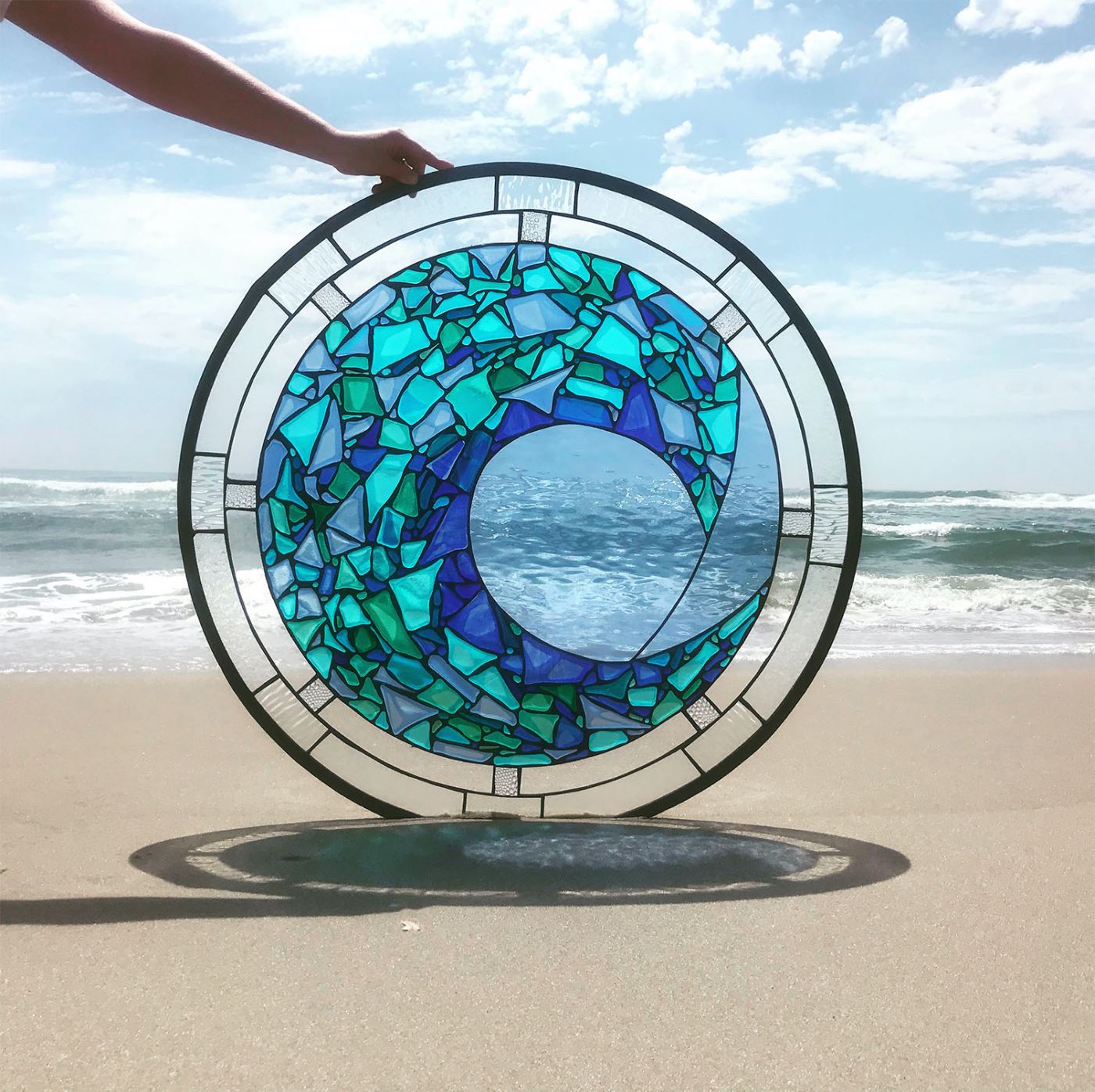
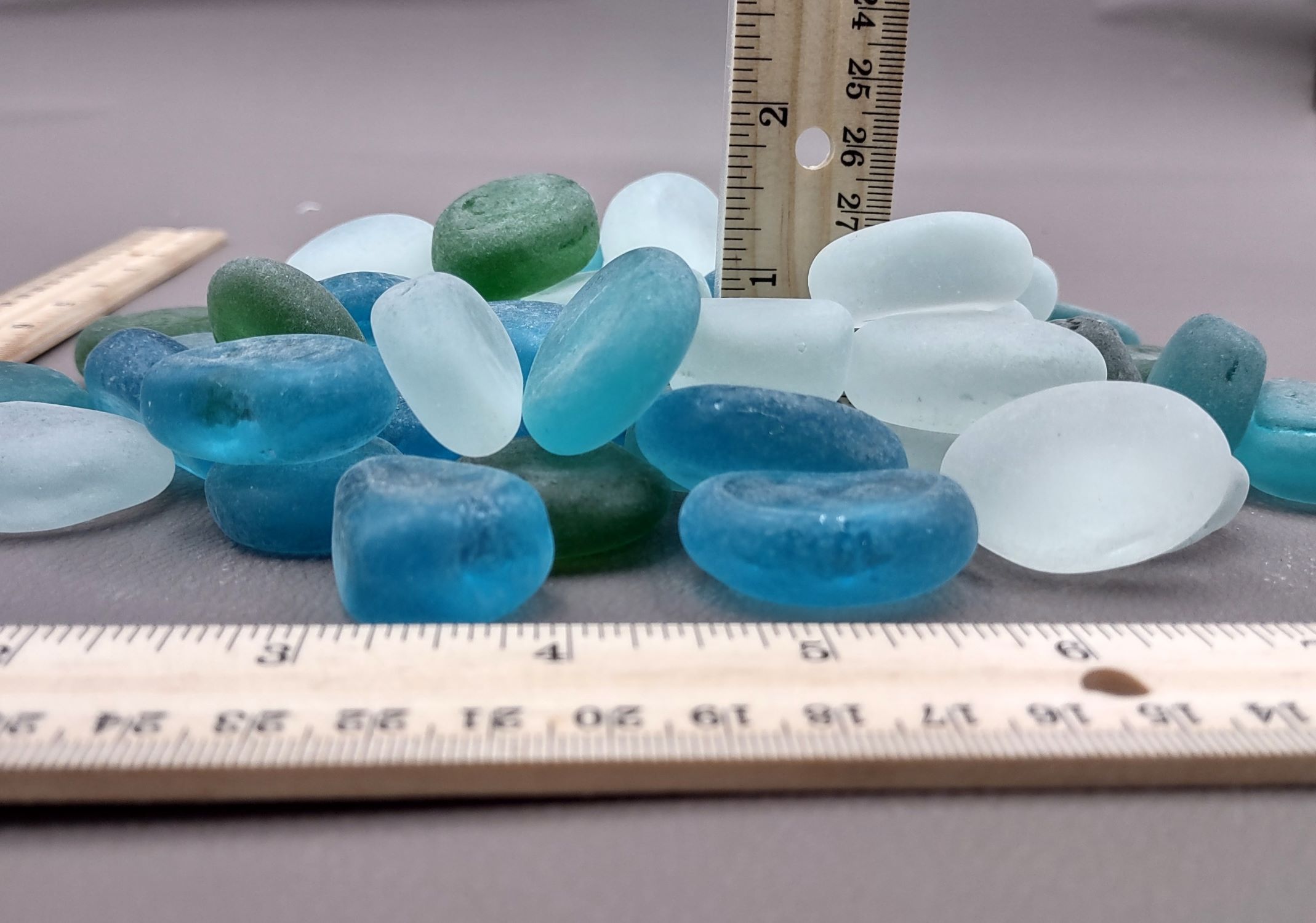
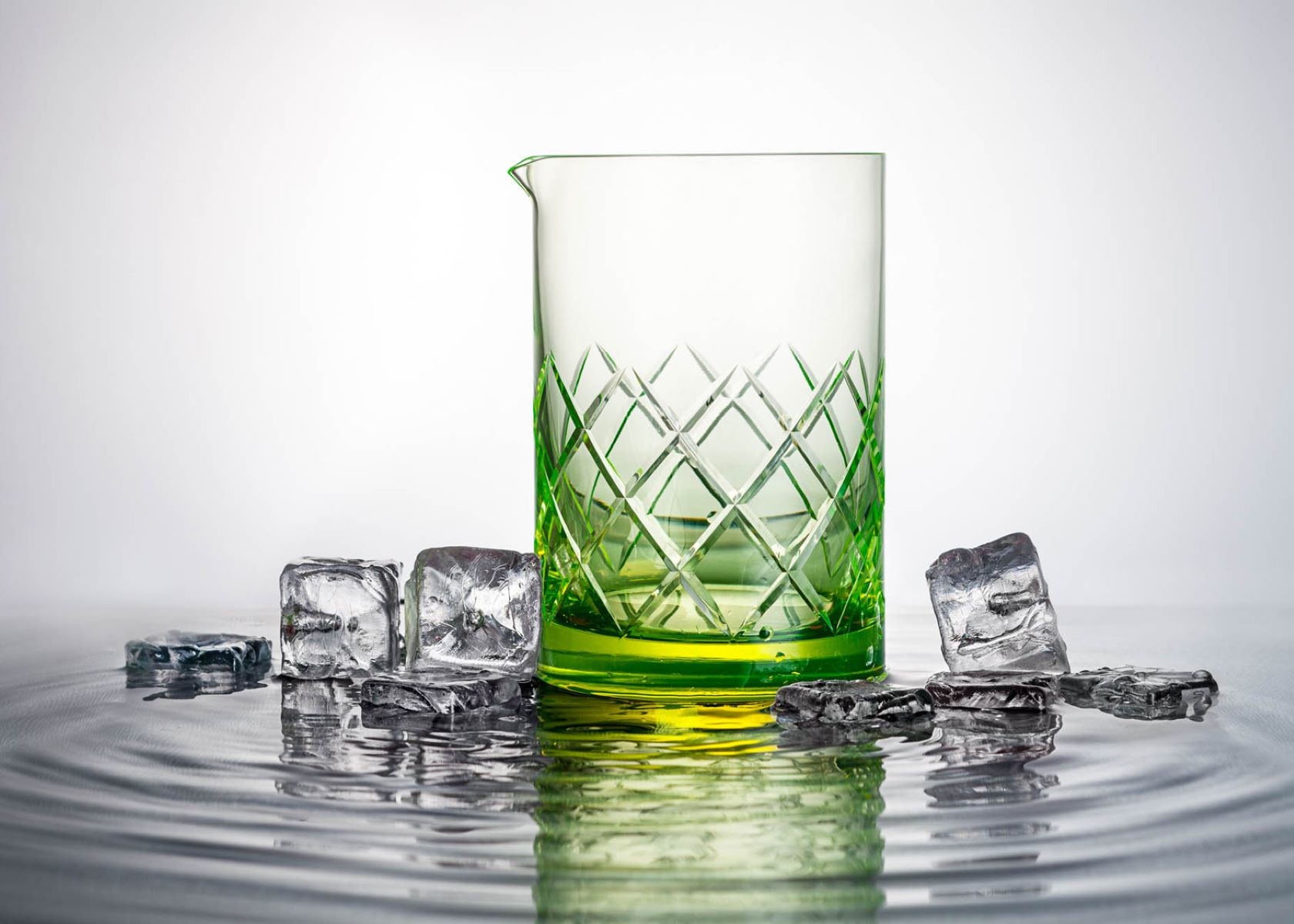
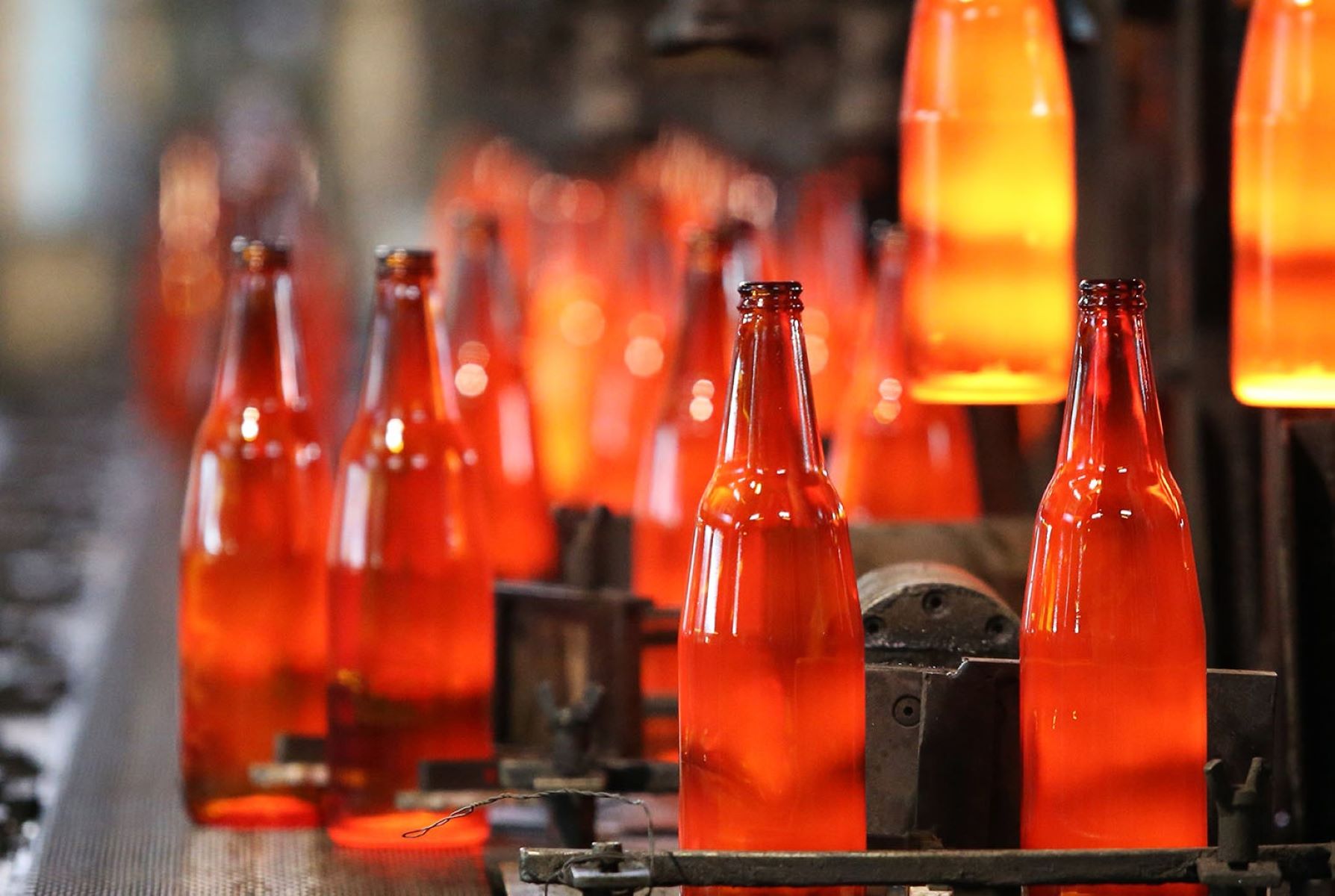

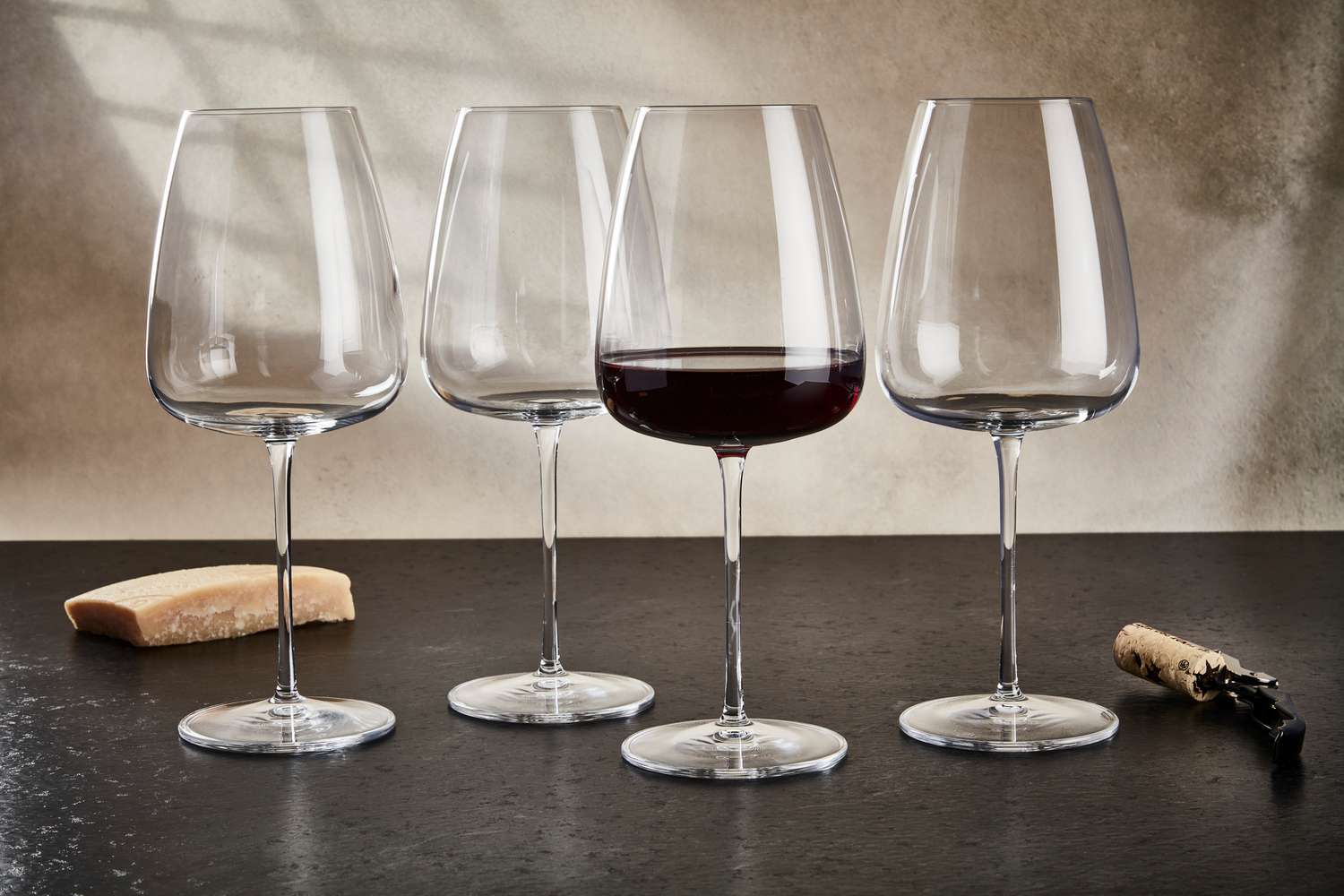


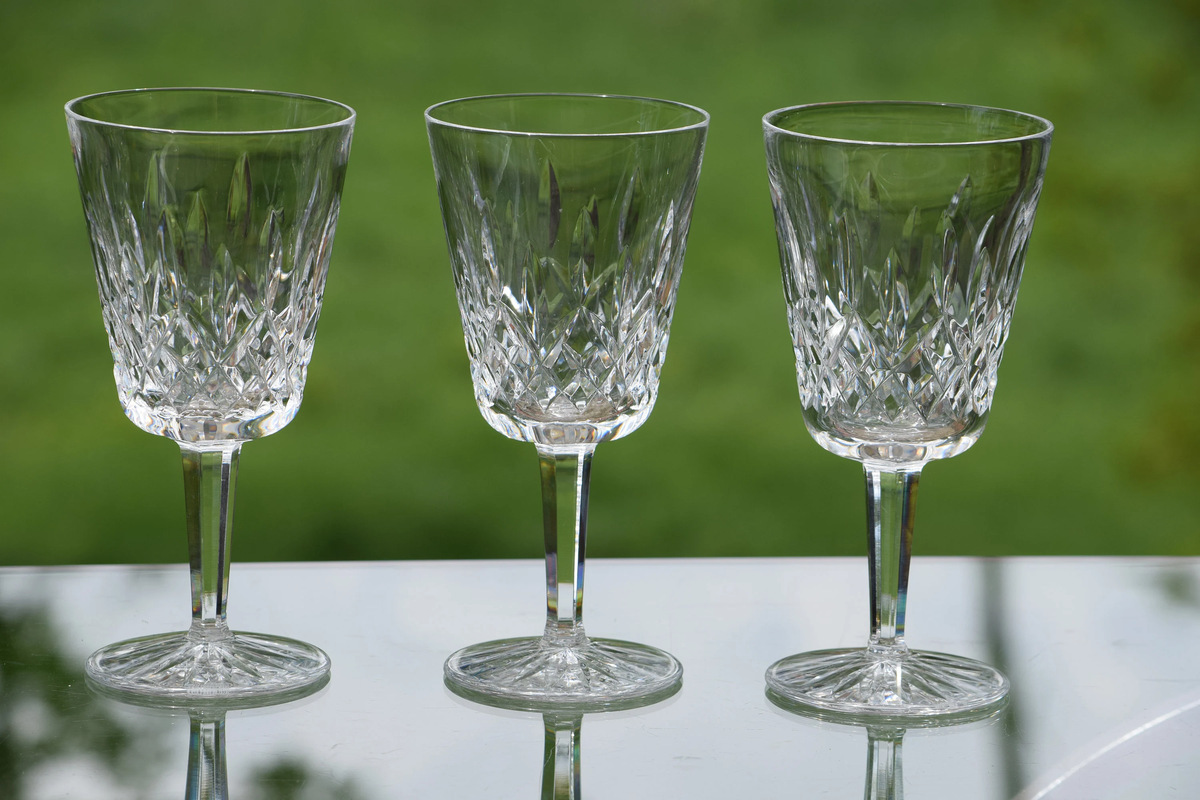
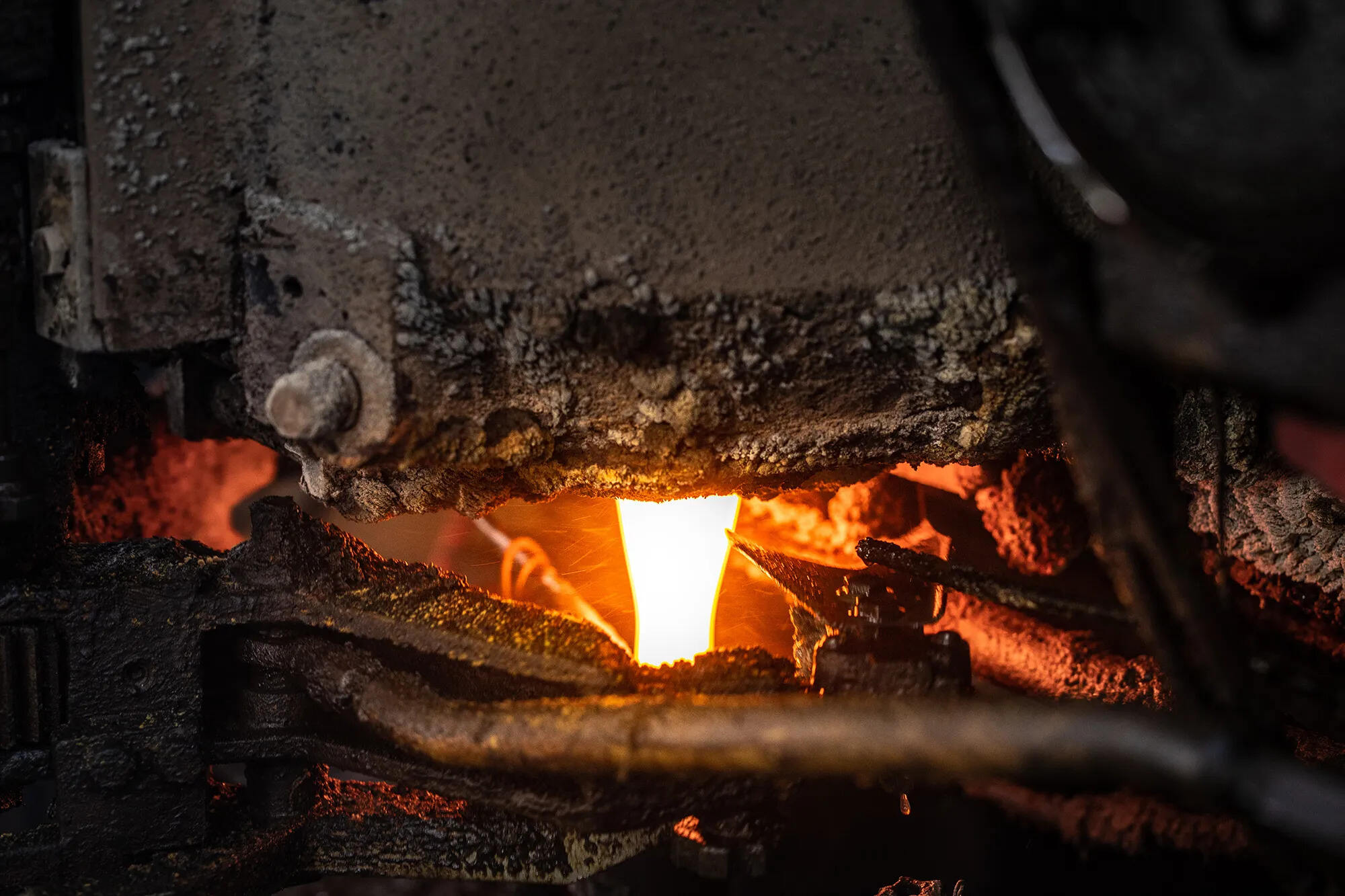
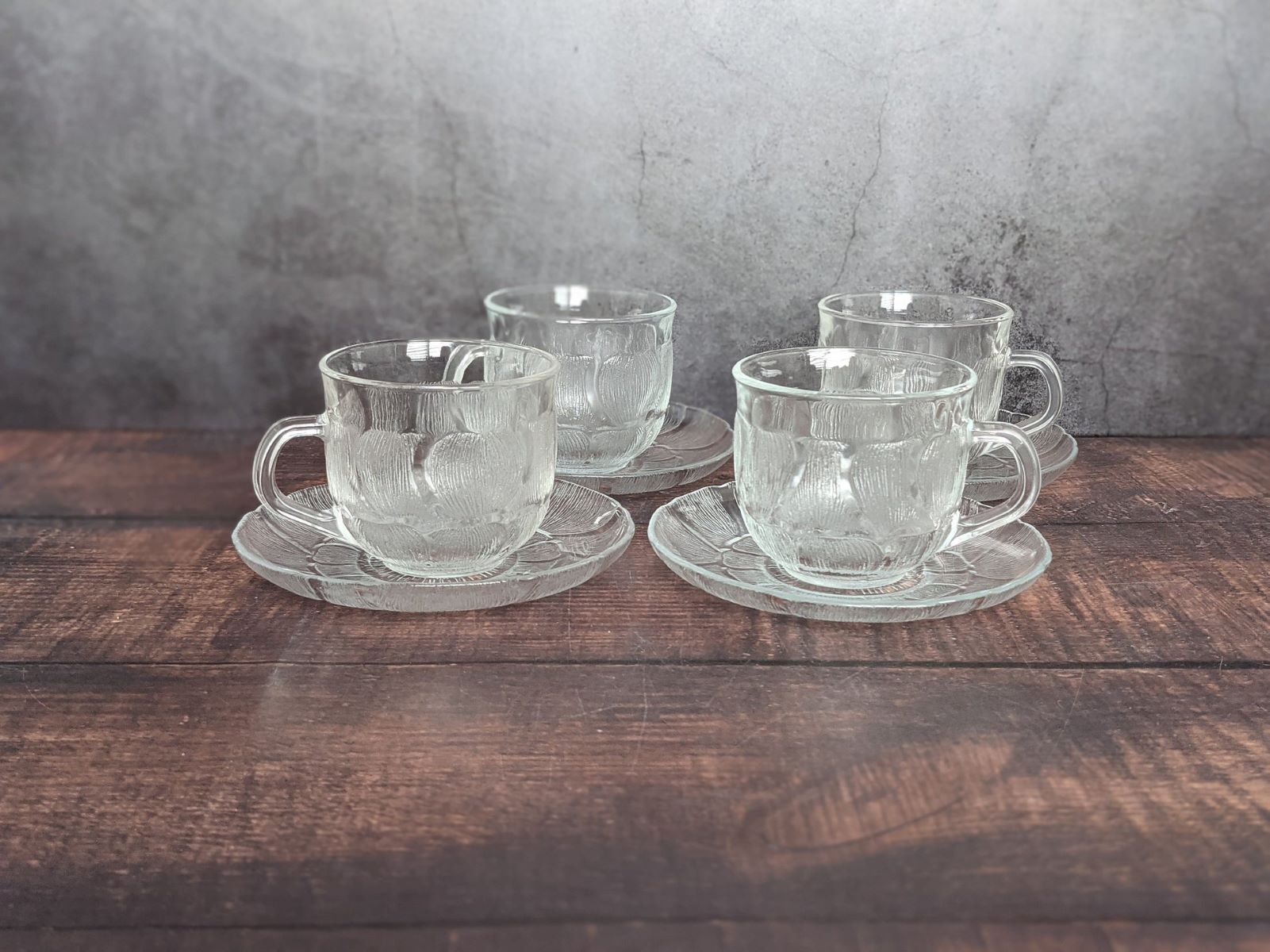
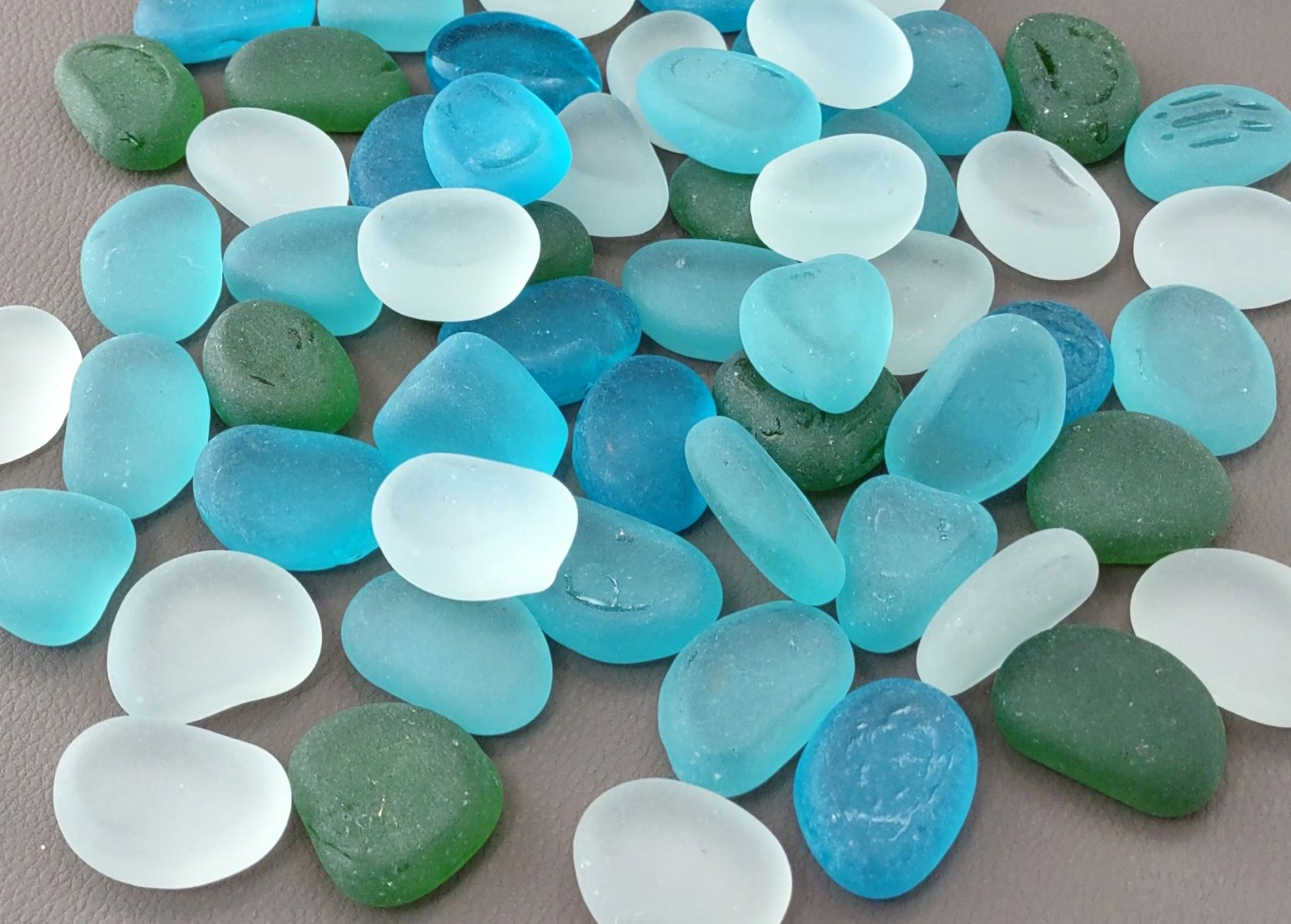
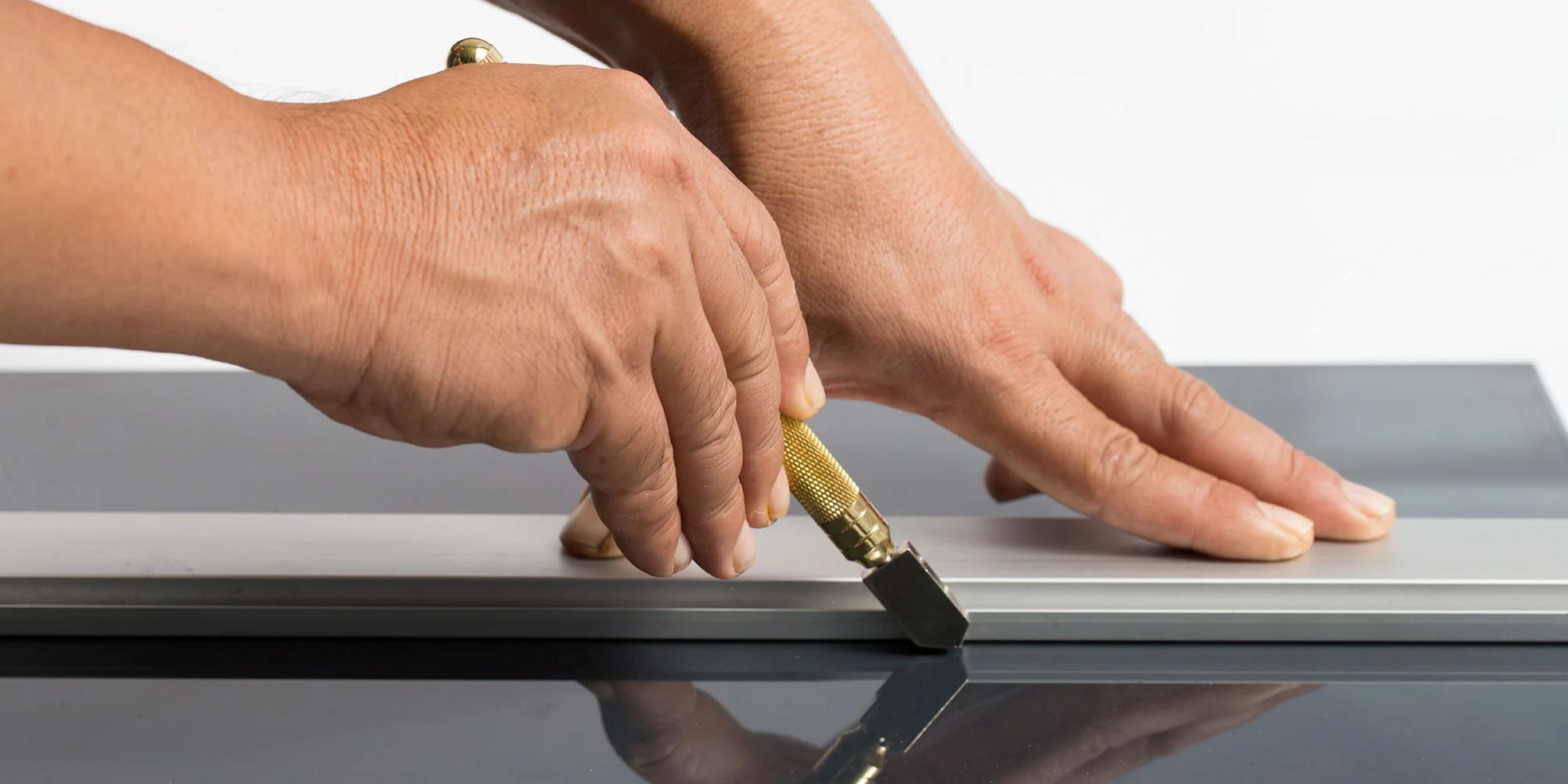
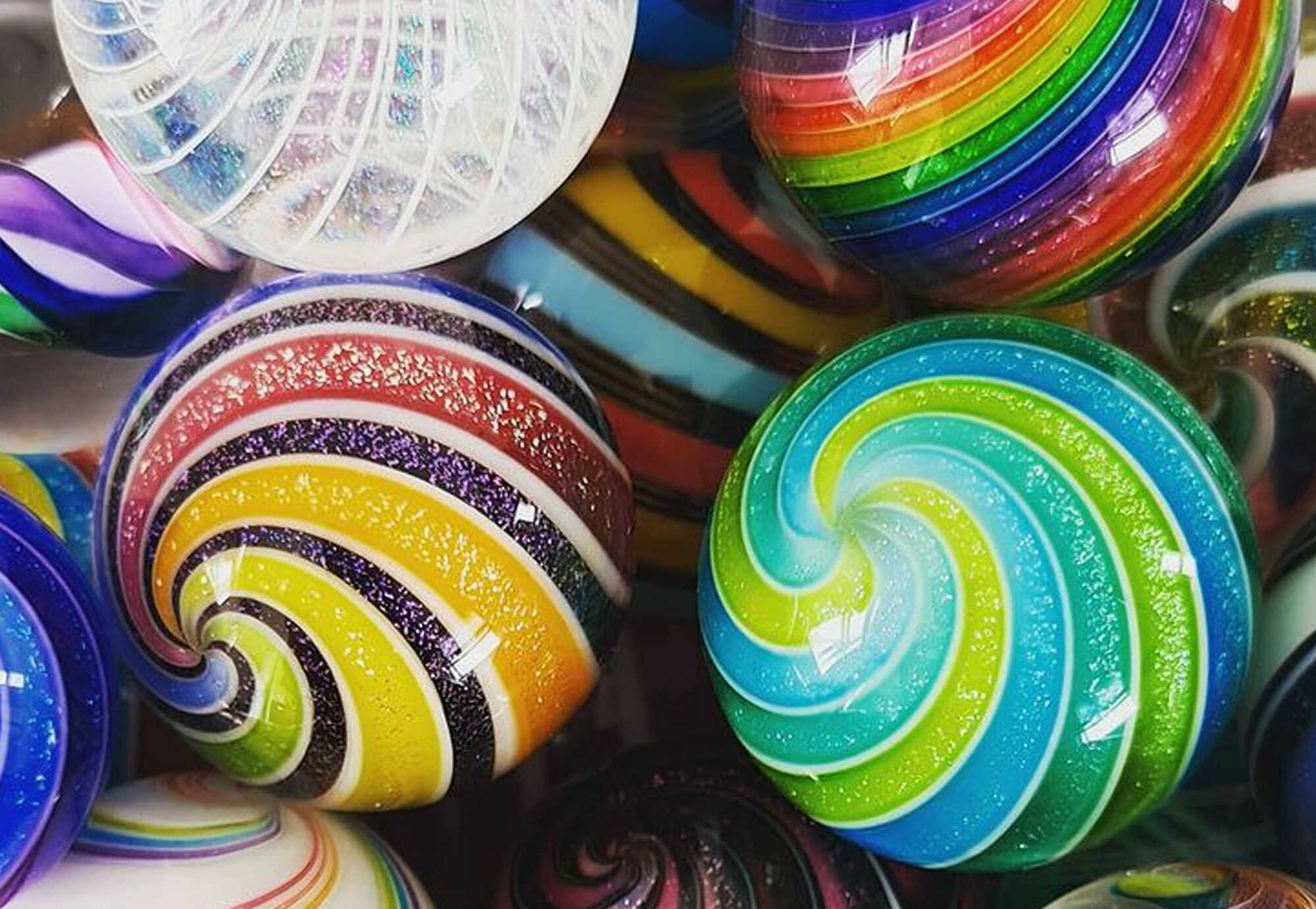

0 thoughts on “How Was Glass Made In Ancient Times”